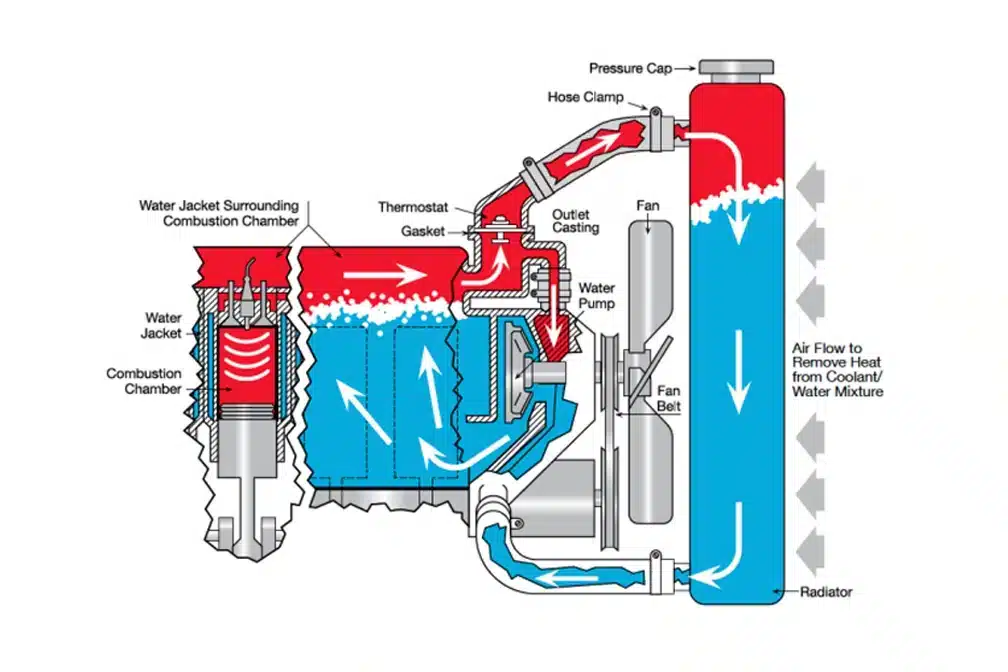Importance of monitoring fluid levels: Monitoring fluid levels in an over the road truck is vital for ensuring the proper functioning and longevity of the vehicle. Regularly
More
May 19, 2024 8:12 pm

The cooling system of an Over-the-Road (OTR) truck is a vital component responsible for maintaining optimal engine temperature and preventing overheating. The cooling system ensures that the engine operates within a safe temperature range, which is crucial for the truck’s performance, fuel efficiency, and overall longevity. Let’s delve into the importance, functionality, and maintenance aspects of the OTR truck’s cooling system:
The cooling system consists of several key components working together to manage engine temperature:
Proper maintenance of the cooling system is crucial for its effectiveness and longevity:
By understanding the importance of the cooling system, and its functionality, and performing regular maintenance, truck owners can ensure the reliable performance and longevity of their OTR trucks. Properly maintaining the cooling system reduces the risk of engine overheating, extends the life of engine components, and improves fuel efficiency. Regular inspections, coolant flushes, radiator cleaning, fan maintenance, thermostat replacement, system pressure testing, and seeking professional servicing when needed are all essential steps to keep the cooling system in optimal condition.
By prioritizing cooling system maintenance, OTR truck owners can enhance the overall reliability and performance of their vehicles, minimizing the risk of breakdowns, costly repairs, and downtime on the road.
Importance of monitoring fluid levels: Monitoring fluid levels in an over the road truck is vital for ensuring the proper functioning and longevity of the vehicle. Regularly
MoreThe cooling system of an OOTR truck is a vital component responsible for maintaining optimal engine temperature and preventing overheating. The cooling system ensures that the engine
MorePrepare Your Rig for Winter: 8 Essential Tips for Truck Drivers. Stay safe on the road and minimize downtime with these winterization strategies.
MoreThe 41st Annual Shell Rotella SuperRigs Truck Show in Gillette, Wyoming, witnessed the crowning of the Best of Show, Truett
MoreIn the world of trucking, where the open road is both a livelihood and a way of life, there are
MoreThe recent proposal by the National Highway Traffic Safety Administration (NHTSA) and the Federal Motor Carrier Safety Administration (FMCSA) to
MoreAccelera by Cummins, Daimler, and PACCAR Have Formed a Joint Venture to Bring a Battery Cell Production Plant to Mississippi.
MoreIn the first month of 2024, the trucking industry faced a notable setback, as revealed by the American Trucking Associations'
More